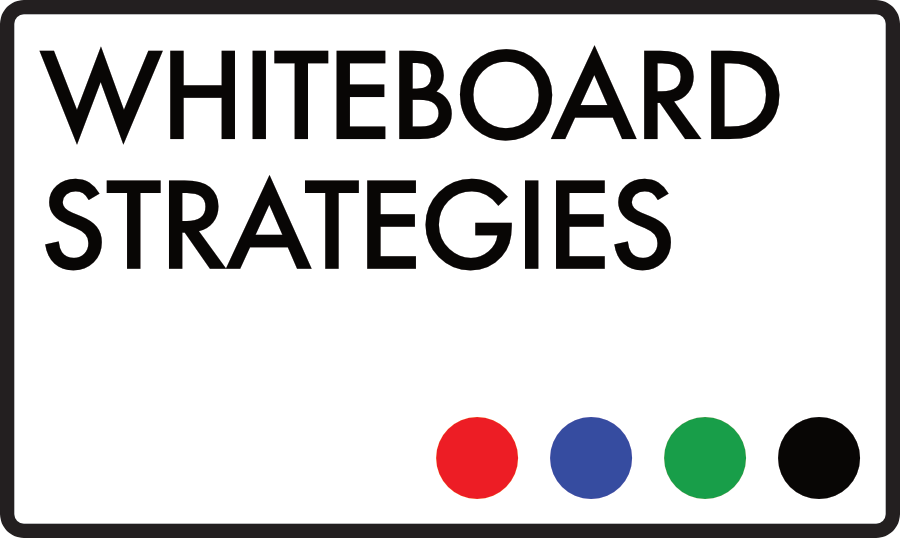So far our ‘Presenting 101’ series has looked at the importance of establishing and leveraging the presenter-presentee relationship, ensuring you’re making the most of your time as a presenter, and why the visuals you’re using aren’t helping. In this fourth instalment, we’re looking at one of the key elements to any presentation, regardless of who your audience is: Storytelling.
We’re not talking about a quick laugh, or a ghost story around the campfire here – we’re talking business essentials. Visuals are key to maximising how you communicate an idea, however complex it might be. They aid understanding, retention and consistency both in delivery and reception, but they can’t stand alone. If you just stood up and drew a few stickmen and clouds on a whiteboard, no one would know what you were doing. A proper narrative – a story, if you like – is essential for propping up, explaining and leveraging your visuals properly. Your story needs a beginning, middle and end. It needs a problem, tension, development and a resolution. You’re no Stephen King, but you need to master this. So where do you start?
The ‘As Is’, the ‘Now’ or the ‘Before
Setting the scene with a quick overview of the current state of play is a great lead in to everything that follows, a great way of getting your audience settled and comfortable, and a great way of demonstrating how you understand their role or their marketplace. Exactly what you cover here will depend on the purpose of your presentation and who you’re presenting too.
Introduce Some Tension
No great story every runs completely smoothly. Captain Ahab needs his white whale, Harry Potter needs his Voldemort, Hemingway needs boxing, booze and women. So this is where you introduce the ‘bad guy’ of your story – to resort to a sales cliché, the thing that keeps your audience up at night. Again, depending on who you’re presenting to this will vary. If you’re talking to an internal team, you might bring in the fact that X% of them didn’t hit their number last quarter. If you’re talking to stakeholders you’ll look at problems with company growth or other KPIs, if you’re talking to a possible buyer this might be marketplace demands or competitors products. Tension creates great stories – and a need for resolution.
Setting the Scene for Your Hero
We’re not introducing all this tension just to leave it there upsetting people – we’re going to solve it. But first, we need to explain how and why we’re the right people to do that. In storytelling terms, we’re talking about our character’s back-story – some solid claims to superiority that will convince the audience that we’re the people for them. Get specific here – introduce case studies where you’ve helped similar organisations or staff members to achieve their aims, find some big numbers that back up everything you say. Just make sure it’s targeted, specific and concise.
The Resolution
Finally, put your audience out of their misery. Deliver your solution clearly and concisely. Address the points you’ve raised through your presentation, and explain precisely how you would get them from their ‘As Is’ – where they are now – to your ‘As It Should Be – where they could be if they agree to work with you. Before you get here though, remember that the more tension you can introduce throughout your story, the sweeter and more forceful the resolution will be. Remember how hopeless Apollo 13 feels before the pivotal moment when you realise it’s going to be OK? It’s the same thing – everyone in that room knows the story, they all know that there’s going to be a resolution, but if you leverage the tension properly you can make them temporarily forget… until the great reveal.
Whether your presentation is a sales pitch, a quarterly stakeholder review, or a training rollout to internal teams, remember that a clear, concise and powerful story – supplemented with some properly devised and delivered visual aids – will deliver every time.

Recent Comments